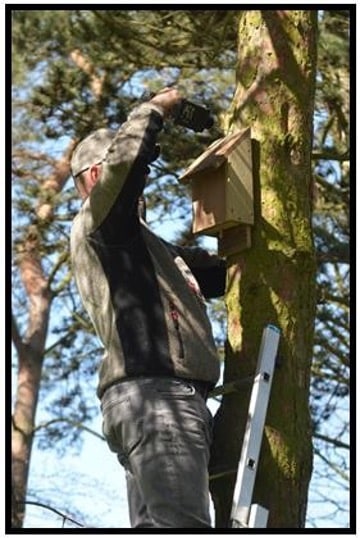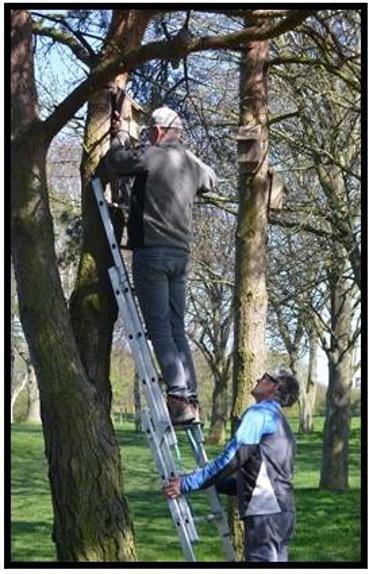Bat Boxes
A Case Study from Grimsby Golf Club
Pleased to report 11 Chavenage bat boxes have been kindly erected by Steve Parker & NigelTranter in an ‘out of play area’ on the course to supplement natural roosting places which arebecoming rarer.
Species that the Chavenage box is suited for include Noctule, Leisler’s, Natterer’s, Daubenton’s,and Brown Long-eared bats but in particular Common & Soprano Pipistrelle in this area.
Bats are a vital part of our native wildlife, accounting for almost a third of all mammal species in the UK and occupy a wide range of habitats, such as wetlands, woodlands, farmland, as well as urbanareas.
They can tell us a lot about the state of the environment, as they are top predators of commonnocturnal insects and are sensitive to changes in land use practices.
The pressures they face – such as landscape change, agricultural intensification, development,and habitat fragmentation are also relevant to many other wildlife species, making them excellent indicators for the wider health of the UK’s wildlife.
Bats are having a tough time due to the loss of roosts, foraging habitat, and commuting flight lines,and due to a significant decrease in the insect population ie. their source of food.
Bats have been emerging from winter hibernation anytime from March to late April and into May In future months they will seek different’ homes’ for either roosting, breeding /rearing pups &sleeping during the day.
The Chavenage bat box gives them somewhere safe to roost & they may switch between boxes inresponse to temperature changes
****
The latest long-term survey results released by the National Bat Monitoring Programme (NBMP)show that at least three of Britain’s 17 breeding bat species are showing significant signs ofpopulation rise.
And another six species or species groups appear stable, according to the latest annual report.
For further information, contact Bill Evison of Grimsby GC at billevison@hotmail.com





